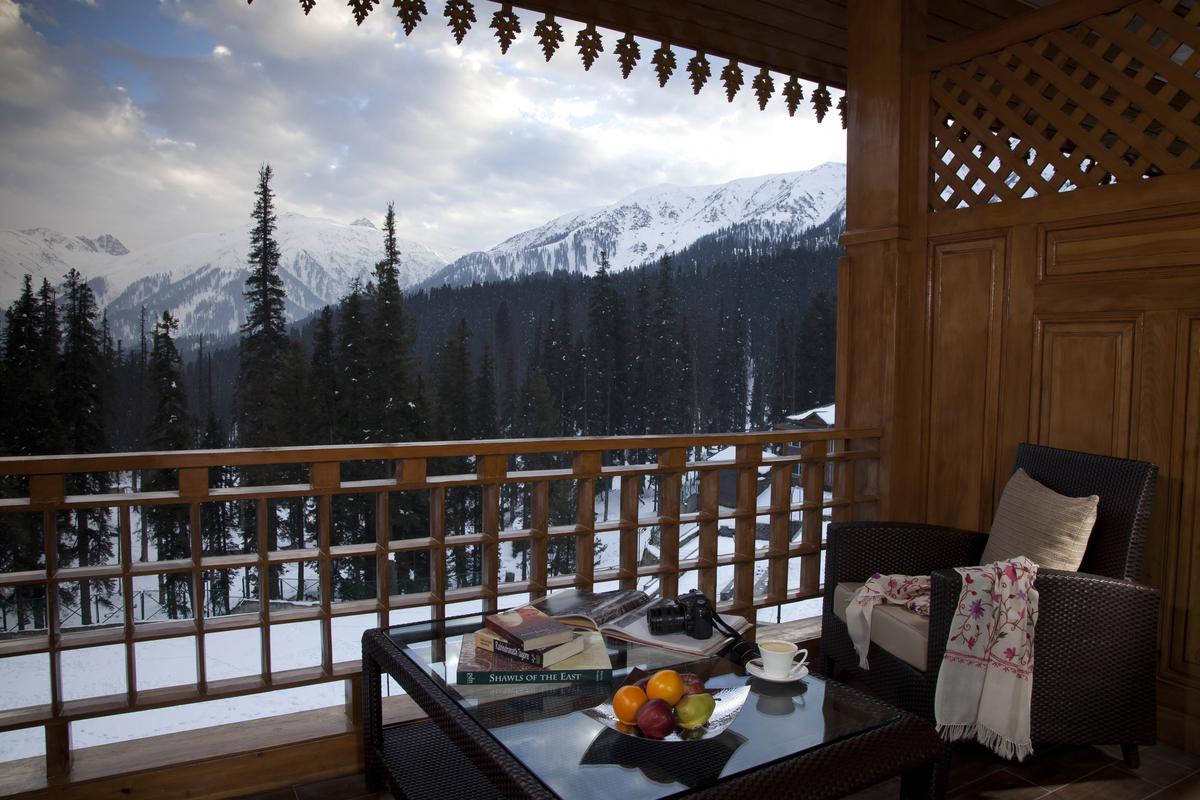This winter, as adventurers prepare their ski boards to slide through fresh chilly winds across snowy mountains, ski resorts around the world are grappling with the growing effects of global warming on their industry. There’s a lot going on, ranging from shrinking snow coverage and a shorter ski season.
Val Thorens, one of the highest Alps in France at an altitude of 2,300 metres, is usually one of the first to open to skiers in Europe. However, 2022 was a different story. ‘Despite our best efforts to start the season on 19 November, the warm autumn weather did not allow us to open the ski resort and its slopes in a qualitative manner’, explains a warning on the resort’s website. “In the summer of 2022, we had to close the Glacier ski area for the first time for about 40 days for safety reasons,” recalls Marc Lager, communications manager for Zermatt Bergbahn AG, Switzerland’s largest cable car company. “This was due to a rainy winter of 2021/2022 and a very hot summer of 2022,” he added. Situated at an altitude of over 1,600 meters above sea level, Zermatt is popular for offering a 365-day skiing experience.
Skiers in Gulmarg | Photo Credit: Special Arrangement
Mohammad Arif Khan, the only Indian skier to have secured a quota for the Beijing 2022 Winter Olympics, says changes due to global warming are evident in Gulmarg since 2002. “There has also been a delay in snowfall since the beginning of November. in late November,” he says. Mohammad has been mastering his carving skills on the scenic slopes of Gulmarg in Kashmir since 1994. At an altitude of over 3,000 metres, the hill station offers skiers some of the best powder snow. “Even during the extreme cold period of 40 days, there is a sudden rise in temperature during the day. Rain is causing sleet which is not ideal for skiing,” he adds.
According to NASA’s Goddard Institute for Space Studies (GISS), the average global temperature on Earth has increased by at least 1.1°C since 1880. Most of the warming since 1975 has occurred at a rate of about 0.15 to 0.20 °C per year. decade! The figures may seem small, but given the tremendous size and heat capacity of the oceans, it takes a significant increase in stored heat to raise the temperature of an entire planet like Earth by even a small amount.
Aspen Snowmass in the US, one of the world’s most popular ski destinations, has lost 30 days of winter since 1980 alone, according to resort officials. “We’ve warmed about 0.4 degrees per decade,” says Auden Scheindler, SVP of sustainability for Aspen Skiing Company. “In the summer, we are at increased risk of fires and floods; We’ve seen two major fires in the last five years” According to a report by Protect Our Winters (POW), a non-profit organization run by pro-athletes, the ski tourism industry adds approximately $20.3 billion to the US economy, each year.
A snapshot from Aspen Snowmass | Photo Credit: Daniel Bayer
advantages of artificial snow
Zermatt Bergbahnen AG has invested CHF 136 million in pistes (a marked ski run) and artificial snow systems since 2002. According to a report by Protect Our Winters (POW), an estimated 95% of global ski resorts rely on snowmaking to some degree. Having said that, could artificial snow machines save the ski industry from global warming?
“Temperatures affect not only natural snowfall, but our ability to make snow,” warned Hannah Dixon, communications manager for Aspen Snowmass. According to the POW report, artificial snow can be produced reliably in low-humidity conditions, but only if the temperature is brought down to about 3 °C and with additives that help the water freeze. Making ice also requires a large amount of water. An estimated 49 million gallons of chemically treated water were used to create snow conditions for the alpine events for the Beijing Winter Olympics in 2022.
Saving Winter Wonderlands
Hannah describes how Aspen Snowmass is fighting climate change, “to influence policies that address systemic change” at the government level. The resort has installed power plants that generate electricity using solar power and methane emitted by nearby coal mines.

A view from the Khyber Himalayan Resort & Spa | Photo Credit: Aditya Arya
Newer properties like Six Senses Crans Montana are designed with sustainability in mind. Opening in Switzerland in early 2023, the luxury property has the ability to recycle its own waste heat by collecting it from its cooling system, pool and kitchen, and then filtered and redirected through the system in an effort to reduce energy requirements is done. ,
Closer home, luxury properties in India are taking small steps to contribute to the solution, with ski and winter tourism at risk of adverse effects from the looming threat of global warming. For example, the Khyber Himalayan Resort & Spa encourages its guests to walk instead of drive to save water and plant trees. “Local bodies can also help limit the use of fossil fuels, increase forest cover, encourage green technology and develop renewable energy sources,” says Vineet Chhabra, general manager, Khyber Himalayan Resort & Spa, Gulmarg.